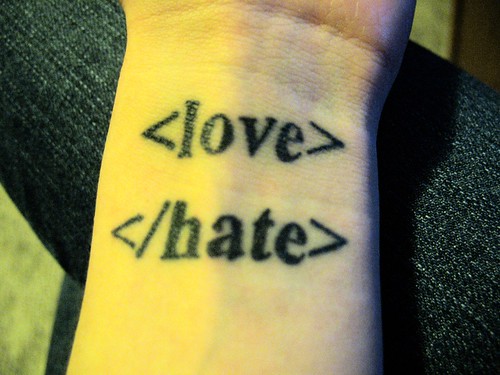Hopefully, this will the the first of a series of posts about my experience in Erasmus, living in Göteborg, Sweden and Studying Interaction Design in Chalmers.
When I chose Chalmers for my Erasmus Programme, one of the most important factors was the classes being given in English. When I first went there, I was amazed by how many Chinese, Indian and Iranian people were there. It deserves to be called an International University, not like the one I’m enrolled in. Classes on the Master level are given in English (and I’d say only around 40% of the students are Swedish) and even Swedish students have to present and write their reports/exams in English. And I would say this is quite important in their professional role.
Another reason why there are a lot of foreign students is the price of the university: It’s free! (even the materials you need for your projects) And it gets better: Swedish students get a scholarship of around 300 euros (covers the rent) or they can get the double, but the second half is a loan they will have to pay when they’re done with their studies. And swedes, when they’re done with high school, they leave home and start to live on their own (something that only happens in Portugal when you’re done with all your studies). So almost everyone lives on a student residence (like me) or seldom on their own apartments.
Classes are organized in a different way: You have two quarters per semester, in which you have two courses each. I find this much better than having 5 subjects all at once (and weekly assignments for each). And two days per week for each course makes theory and practice much more connected and allows fullday workshops. And of the 14 days of classes we have, there are 2 or 3 that are guest lectures/workshops. These play an important role, since they are mostly given by people connected to the industry and give us another perspective on the subject. I really wish there were more of these in Portugal.
To provide feedback to teachers, there are around 4 class representatives (I was once) that have 4 meetings during the quarter in which they give input to improve the quality of the course. I would say these are not that important since teachers are accessible to any student, but it’s a nice thing to have.
Finally regarding evaluation, the first weeks are to learn how to do things in mandatory labs, but the grade is decided on a final project/exam/essay (or a mix of them) in the last couple of weeks of the quarter. Makes some sense that you first learn, then you are evaluated, but since you only have two courses at a time, they could evaluate more ofter and distribute the grade over the quarter.
In Chalmers I am graded from 1 to 5, but in Göteborg University they are graded Non-Pass, Pass or Pass with Distinction, which makes it less competitive and should make it harder for employers to distinguish students (Do they look at your grades?). I am still worried on how will my grades be in the up to 20 scale.
















